Full speech delivered by renowned Ada historian, C.O.C. Amate at the launch of the 2017 Asafotufiam festival at Labadi Beach Hotel on Monday 19th June, 2017:

The title of this talk would seem to suggest that there is no peace and unity in the Ada traditional area and also that the Ada people want to have their socio-economic life transformed. If this is true, I would like to ask three questions:
- Who told the organisers of this function, the Planning Committee of the 80th Asafotufiam Anniversary, that there is no peace and unity at Ada? 2. Who told them that we want socio-economic transformation in the Ada Traditional Area? and 3. Is it really true that peace and unity are a tool for the socio-economic transformation anywhere and, for that matter, in the Ada Traditional Area?
To start with, I would like to say that the Ada people are the most peaceful and united people in this country. Some of you may be surprised to hear me say this. Perhaps, I should qualify what I have said. What I should have said is that the founding fathers of what we now call Ada were the most peace loving people in their time. As you may know, the people of Ada today are descendants of the admixture of at least three different ethnic groups, namely: Dangme-speaking, Akan-speaking and Ewe-speaking peoples.

The descendants of the Dangme-speaking group constitute the Adibiawe, Lomobiawe, Tekperbiawe and Dangmebiawe clans, four of them in all. The descendants of the Akan-speaking group constitute the Kabiawetsu, Kabiaweyumu and Kabiawe-Kponor, three of them in all. Finally, the descendants of the Ewe-speaking group constitute the Korgbor, Ohuewem and Kudjragbe clans, three of them in all. Altogether, the clans in Ada are ten in number.
I must explain here that what I call clans were initially extended family units of the various groups. Legend has it that the Dangme-speaking founding fathers came from North-Eastern Nigeria somewhere between two rivers called Efa and Kporla, the Akan speaking founding fathers came from Juaben and Bantama in Ashanti and the Ewe-speaking founding fathers came from Ketu in Dahome, now Benin. What, one may ask, was it that led the founding fathers of all these diverse extended family units to leave wherever they were before to travel the long distances that they had had to cover, obviously, by walking all the way on foot to where they are now? My answer to this question is that they all had one thing in common. They were all peace-loving people who had had to leave their own kith and kin because of violent chieftaincy rivalries and civil wars.
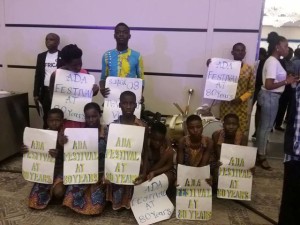
In spite of their widely diverse cultural origins and backgrounds, the Ada people have, over time, evolved for themselves common social and cultural practices that have today welded them together into one people with one destiny and with one distinctive culture of their own by which they are identified and known today. Because they were all peace-loving people, the founding fathers had no problem living together in peace with one another and sharing with one another whatever there was by way of land and even political offices by which they were governed together. For example, those who had lands freely gave out to those who had no lands and asked for lands to establish their own farming or fishing communities that later grew and expanded to become the villages and townships that we see today. Then also, clans like Adibiawe and Tekperbiawe, which held political offices at the time, went out their way to hand over some of their offices and powers to other people of the other clans who were their personal guests.
Thus it was that the leader of the Adibiawe clan by name Buer Titriku who was also the overall leader of the Dangme-speaking people handed over his secular functions to the son of a Kabiawe man by name Tsrapa who was later to become the king or matse of the Ada. Similarly, the Tekperbiawe leader called Korle, who was responsible for defence matters for the Dangme-speaking people also handed over his defence functions to the leader of the Korgbor founding father who was later to become the makralo and deputy to the Ada matse. This was at a time that most other nations were using guns and other weapons of warfare to expand their territories by force of arms.
 Economic Activities
Economic Activities
The natural environment in which the Ada people found themselves largely dictated the economic activities that were to become their major national occupation. The vast expanse of the Atlantic Ocean to the south and the large Volta River to the east, supplemented by the many creeks, rivulets and other water bodies in the Volta delta dictated that the Ada people were to become predominantly fishermen. Then also, the expansive spread of salt that occasionally formed on the bed of the Songor lagoon, a rare commodity that was much sought after by other nations, also dictated that the Ada people were to become major producers of salt.
The quantities of both fish and salt that they produced were vastly much more than what the Ada people needed for their own consumption. It followed, therefore, that the excess of their production of these items would lead them into trading what they produced in excess of their needs for the commodities they needed but could not produce themselves. Then also, there was the large and navigable Volta River nearby. This was to become the super-highway that was to facilitate the movement of the commodities and goods they produced to and from the people with whom they traded their fish and salt. Enterprising people as they were, the people of Ada took full advantage of this and became major traders. This was before the introduction of automobile vehicles and locomotive trains that were to alter the nature and direction of trading commodities and goods generally.
Trading: At a time when motorable roads and motor vehicles were non-existent, land journeys were made mainly on foot. And the commodities that were traded in were normally carried in head-loads on the head to the markets. The Ada people were, however, fortunate in that they had the Atlantic Ocean and the Volta River and its many related water bodies to facilitate bulk transportation of the commodities they had to carry to markets both within the Ada territory itself and beyond to distant lands.
The heavy loads of salt and fish were transported in canoes over the creeks and other water bodies to Big Ada, from where they were transferred on to bigger canoes and boats, some of them, mounted with sails, for onward transportation upstream on the Volta River. The Ada traders took the salt to Kete Krachi to meet northern traders who purchased and took it northwards. In this way, Ada’s salt travelled further inland. Its transportation up country was a carefully organised business involving a fleet of canoes, which carried the commodity to Kete Krachi at the northern limit of canoe navigation on the Volta, and sold it to trading caravans from Northern Ghana. Ashanti was also an important market for salt from Ada. The salt was carried from Ashanti along the great east-west route-way that linked Kumasi with the famous oracle Odente at Krachi.
European Merchants at Ada: The range of commodities the Ada traders carried to and from their traditional markets expanded greatly when European merchants arrived at Ada in the 16th Century. The main interest of the early European merchants was initially in slaves for whom they brought their manufactured goods to barter for the human cargo they took away to the Americas and the Caribbean islands. The demand by the European merchants for human beings led various African peoples along the coast and in the hinterland to prey on their weaker neighbours to capture them to sell to the European slavers. Places along the coast to the east of Ada like Anloga, Keta, Blekusu, Atoko, Adina, Agbedrafo, Aneho and Agone became major slave markets during the heyday of the slave trade. Ada also became a major market for the slave trade. However, unlike the people of the other coastal slave markets who went out of their way to mount raids on their neighbours for the sole purpose of capturing the able-bodied young men and women to bring to their markets to sell to the European slave buyers, the Adas never used force.
When the slave trade ended between 1804 and 1817, the Ada traders took to trading in products of the African tropical forest in a big way from about the second decade of the 1800s. The European traders brought manufactured goods like textiles, soaps, beads, kerosene, tobacco, guns, gun powder and hard liquor like rum and gin to sell to the African peoples in exchange for palm oil and palm nuts, shea butter, rubber, ivory and other products of the African tropical forests, which the European merchants wanted to buy for the newly emerging factories in their countries. Having already established their own trade routes with the people in the hinterland where the commodities required by the European merchants were produced, the Ada traders quickly took advantage of the new opportunities that trading in the whiteman’s manufactured goods created for them. They made themselves intermediaries for the trade that developed between the European merchants at the coast where they stayed most of the time and the African peoples in the hinterland.
The Ada merchants bought commodities like shea butter and ivory from Kete Krachi; hides and skins from Yapei; rubber, palm oil and palm kernels from Krobo, Akyem and Kwahu. Latex from which rubber was made was tapped from wild climber plants that grew in the forests of Krobo, Akyem and Kwahu. The latex was semi-processed by being solidified and rolled into balls at the collecting centres, from where the rubber was transported in sacks on the Volta River to Ada Foah for onward shipment to the European markets. As the wild climbers became depleted, palm oil and palm kernels became the dominant export commodities by the end of the 1800s. Palm oil as well as oil from the palm kernel was then in great demand in Europe for the purpose of lubricating industrial and other machinery, for making soap and, later on, for use as edible oil.
The palm oil and palm kernels obtained from Kwahu were taken through Mankrong on the Afram River, a tributary of the Volta River, for onward transportation on the Volta River to Ada Foah. The palm oil and palm kernels from Akwamu and Krobo were sent to Adjena and Amedeka for onward transportation again on the Volta River to Ada Foah. Manyakponguno, Agomenya, Kpong and Akuse were the major collecting centres for the Amedeka port.
Ada at War
For well over two hundred years from the 17th to the 19th centuries, the Adas found themselves having to fight one war after another against outside forces that threatened to take away the peace they had been enjoying since they came together. They stood their ground and fought together like the one people with one destiny that they had become. The wars they fought were practically all of them against the very people from whom some of them had broken away, i. e. their former Ashanti and Ewe ethnic relations. Some of these wars they fought were the Nonobe (Donobe) War, 1750-1757; Ada War, 1767-1768; Anlo War (Sagbadre War), 1784; Pra War, 1811; Katamansu War, 1826; Bame War, 1829-1830; Adidome War, 1865-1866; Krepi War 1868-1869; Duffor War, 1869, and Glover War 1873-1874. These, then were the wars that we commemorate today Asafotufiam.
Before the Adidome War of 1865-1869 was fought, Ada and the rest of Ghana had become a British colony, an event that took place in1850. This means that with effect from 1850, the constituent members of Ada became dependent on the British colonial government and no more on one another for their security.
Contentious Claims and Disputes
With the end of the wars and the imposition of British colonial rule on the Ada people, the loyalty and the sense of interdependence that had held the constituent members of the Ada nation together began to snap and break down. Contentious claims and disputes over landed property and political offices that the Ada people were formerly sharing freely or enjoying together began to flare up. The position of the Ada matse and of the makralo, the ownership of the Songor lagoon and of various lands, which their founding fathers had freely and unconditionally given out to others who needed them, became issues of contention.
The dispute over the position of the Ada matse and the ownership of the Songor lagoon turned out to be the most divisive and intractable of all the disputes and quarrels. The dispute over the position of the Ada matse dragged on for eight long years dividing the Ada people down the middle and leaving them without any matse all those years. And, when this dispute appeared to have been finally resolved with the enstoolment of a compromise candidate in the person of Nene Dake II, the new matse became an object of accusations and suspensions from one year to the next by various sections of the same leadership that had appointed him. Even though he is no more, the contention over the office of the Ada matse appears to be still with us today, though not openly.
Meanwhile, the ownership of the Songor lagoon also became an issue of contention for years, when successive Ada Paramount chiefs insisted on taking it out of the hands of the traditionally recognised owners and to bring it under the authority of the Ada matse. Though this issue too was settled in the law courts, the contention over the Songor lagoon and its surrounding lands also appears to be still with us in one form or another today.
Regarding the position of the makralo, the contention over it has been largely an internal wrangling among the various gates that compose the Korgbor clan from which the makralo is normally nominated and appointed. Elsewhere, there are more or less similar internal wranglings in almost all the other clans over the rightful gates from which the clan heads should be nominated and appointed. Attempts to resolve these and other issues that appear to be threatening the peace and unity of the Ada people as a viable political entity do not appear to have succeeded. This, I suppose, is the basis on which the organisers of our function today have selected the topic that we are now discussing.
Much as I agree with the organisers of this function, the Planning Committee of the 80th Anniversary of the Asafotufiam, that we need peace and unity in Ada, I would, however, say that none of the contentious claims and disputes that I have identified here has at any time degenerated into violent confrontation which is really what creates a state of instability, drives out people from their homes and scares away potential investors. At least, the protagonists in all of the contentious claims and disputes that I have identified here are all on speaking terms. All that will be needed to bring them together to the negotiating table to work out mutually agreeable terms that will pave the way for any serious investor to start whatever business he might bring is a little persuasion and/or pressure. I would also not subscribe to the view that the resolution of these contentious claims and disputes would automatically result in peace and unity in Ada, nor that peace and unity, perse, could be a tool for the socio-economic transformation of the Ada Traditional Area. At best, peace and unity would only create a conducive environment that could contribute greatly to the socio-economic transformation of the Ada Traditional Area.
In my view, our real problem in Ada today is lack of political will and initiative on the part of our political leadership. Our political leadership do not appear to have realised that the socio-economic development that we need to bring about socio-economic transformation in the Ada traditional area depends entirely on them. By political leadership, I mean the Ada Traditional Council and the two District Assemblies, the Ada East and Ada West District Assemblies.
As far as I am aware, there are many well-meaning and public-spirited Adali who have the right ideas and the will to help rescue Ada out of the stagnation in which we currently find ourselves, but whom our political leadership would not want to work with or even to sit down with them and talk with them. I am referring here to the many enlightened and professional voluntary associations and organisations of sons and daughters of Ada who have, throughout the history of our homeland, offered their services to the powers-that-be to help them in their work, but whose services were either not accepted or brushed aside, summarily. Some of these associations were the Ada National Improvement Association (ANIA) and the Ada Pastors and Teachers Association (APTA) of the 1940s. The main issue that these two Associations tackled was the dispute surrounding the Songor lagoon. Recently, we have had the Ada Traditional Area Fund (ATAF) founded in early 1987, and the Ada Concerned Citizens Forum (ACCF) founded in March 2001, both of which offered their free services to the Ada Traditional Council and the erstwhile Dangme East District Assembly, respectively, to help in the socio-economic development of the Ada traditional area but were rejected. Both the ATAF and the ACCF were formed by some of the most notable citizens of our dear homeland. The founding members of the ATAF were Dr. C. O. Agbenyegah, Convener and General Secretary; J. M. T. Dosoo, Chairman; Very Rev. V. B. T. Nartey-Tokoli, E. O. Agbettor, A. K. Kitcher, N. O. Quarmyne, Mad. B. A.M. Siaw-Sappor, Mad.Hanna Tachie, E. C. C. Adjaotor, Dr. M. G. Addy, T. C. Assem, A. E. Ayitevie, and lawyer Willie Amarfio. All of them were men and women of real substance. Anyone who does not know them and would like to know who they were (almost all of them are no more) can find out. I have written a bit about the ATAF in my book ‘The Making of Ada.’ It makes very sad reading indeed. Interestingly, one of the projects on the priority list that the ATAF planned to tackle was to build a befitting palace for Nene Ada. I see that the Planning Committee of the 80th Asafotufiam anniversary has the same project on their list of what they say they would do for Nene Ada. I wish them good luck.
Regarding the ACCF in which I am personally involved, I would like, with your permission, Mr. Chairman, to say a few words here. One of the very first things we did after we formed the ACCF was to go back home to meet with the Ada Traditional Council and the erstwhile Dangme East District Assembly, respectively, to introduce ourselves to them and to offer to them the professional services of our members in whatever area of expertise they would need us. We hired a big bus to travel together to Big Ada to meet with the Ada Traditional Council. After the formal greetings and introductions of our members, and after we told the Council members of our mission, the Chairman of the Ada Traditional Council, Nene Abram Akuaku III, opened the floor for general discussion. The Traditional Council members naturally asked us to throw more light on details of our aims and objectives, which we gladly did. But, before we could complete what we had to say, one of the Council members threw a bombshell at us. He told us without mincing words that they had seen other associations with similar aims and objectives before and that we should go back to work with them. This then brought the meeting to an abrupt close. My colleagues and I were naturally shocked, very shocked indeed, and we had to return to Accra, disappointed, very disappointed indeed.
The members with whom we went to this meeting included Reverend Ministers, engineers, medical doctors, chartered accountants, architects, teachers, lawyers, senior civil servants, university professors etc. Some of them were Very Rev. S. D. Sappor, N. O. Quarmyne, B. K. Bosumprah, Sandy Puplampu, Dr. G. A. Kisseih, George G. B. Adenortey, Christian Sottie, Gifty Ohui Allotey (Mrs.), Mary Boye (Mrs.), Eunice Ohui Ametor-Williams (Mrs.), Gloria Aryee (Mrs.), Prof. N. K. Pecku, S. Sackey-Adusu, Korle Glover-Akpey and, of course, myself. Like the ATAF, all these men and women were people of no mean calibre.
After this disappointment, we decided to go to Ada Foah to meet with the Dangme East District Assembly, hoping that since the Assembly members were a more representative body accountable to the electorate who put them there, they would be more willing to talk to us and accept our offer of our free services to them. To our surprise, the reception we received there was worse. When those of us from Accra arrived at the premises of the District Assembly with our bus, we saw, to our surprise, our members from Big Ada and Ada Foah standing in the hot sun. When we enquired about the D.C. E. and whether he was aware that they were there, their answer was in the affirmative. I then went up to his office, and there he was, sitting behind his desk. I could not help but tell him my piece of mind. Meanwhile, a greater surprise and disappointment awaited us. There were no Assembly members to meet with us. The D.C.E had not told them about our coming, even though we had sent message to inform him about our coming many weeks earlier. I had myself also been to his to office two weeks earlier to confirm our coming and to ensure that all the Assembly members would be on hand to meet with us. And so, this meeting too turned out to end up in fiasco.
Mr. Chairman, I would now wish to make two concrete proposals for the urgent consideration of our political leadership. In my view, it is about time our political leadership became development oriented in the sense that
- from now on they will place development issues at the top of the agenda of their regular meetings and
- that from now on they will initiate actions that will attract the needed investors for whom they will also prepare the ground for their negotiations with the landowners, wherever the investors would want to set up their businesses.
In conclusion, Mr. Chairman, I would like to make a gentle request to Nene Ada, if Nene does not mind. My request to Nene is to kindly tell us in his annual address to the people of Ada at this year’s Asafotufiam what development agenda, if any, the Ada Traditional Council has formulated for the socio-economic development of our homeland in the foreseeable future.
In this connection, I would also ask if Nene would kindly tell us on the same occasion what preparations the Ada Traditional Council is making to take advantage of the one district one factory and one village one dam programmes that the government is currently tooting from the housetops. It is common knowledge that Ada is an NDC stronghold, but that should not prevent us from embracing, possibly with both our two arms and two hands whatever goodies the government-of-the-day is offering by way of socio-economic development programmes to all the people of Ghana.
Mr. Chairman, I am done. I thank you!


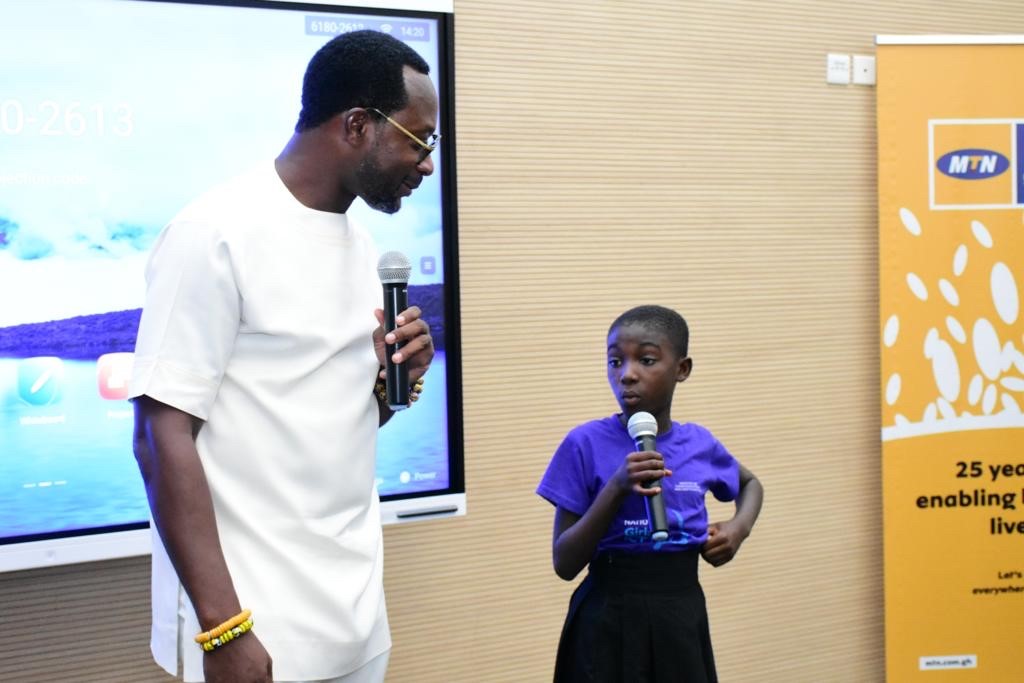
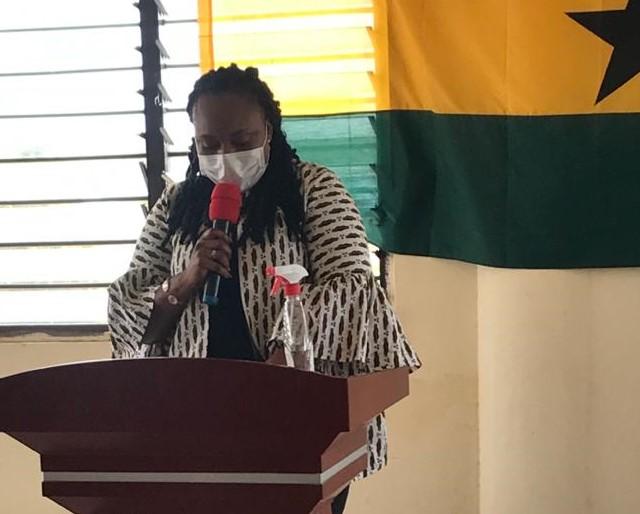
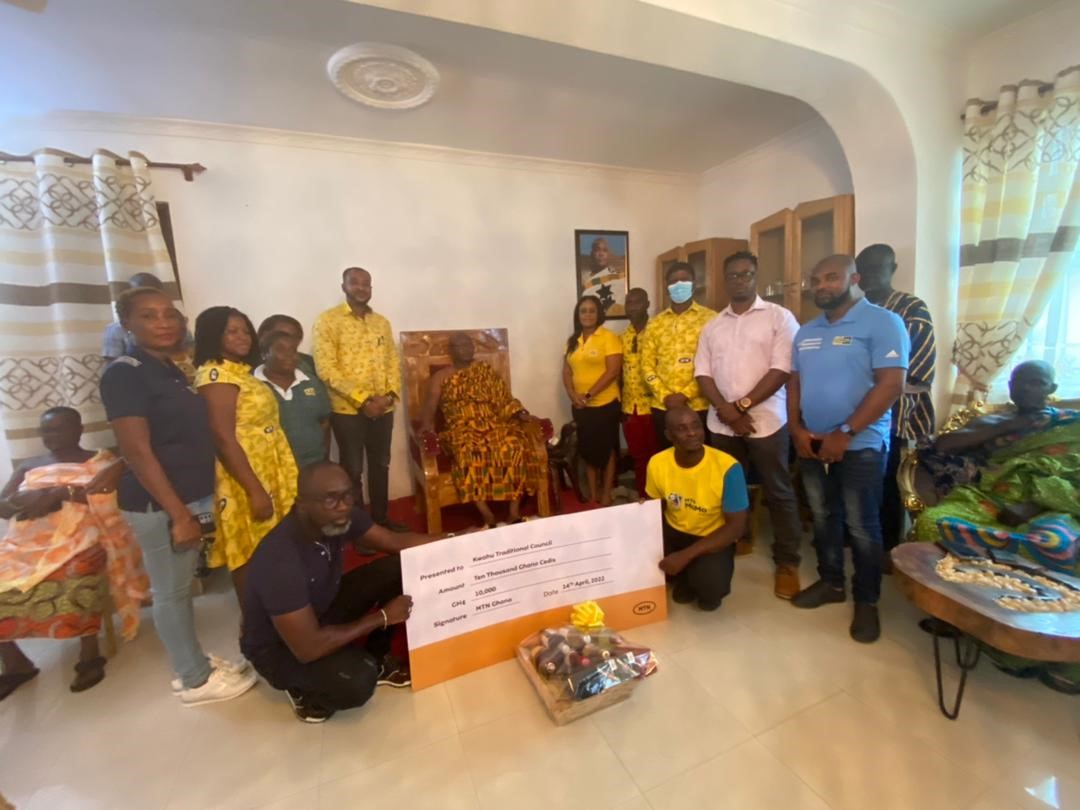
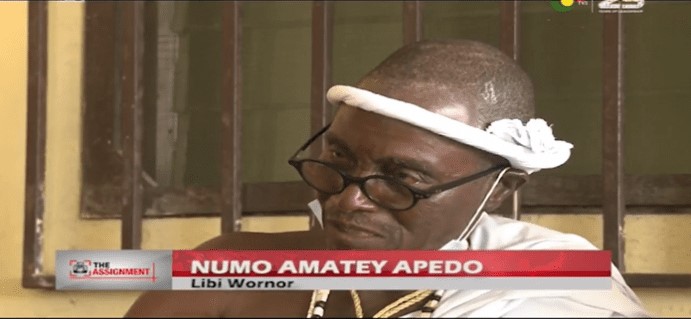
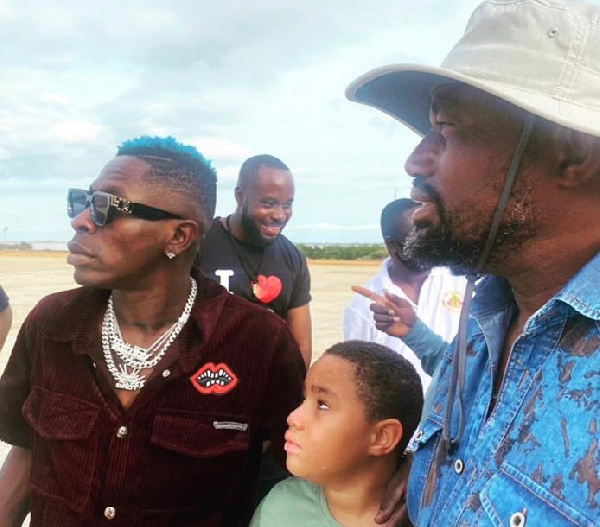
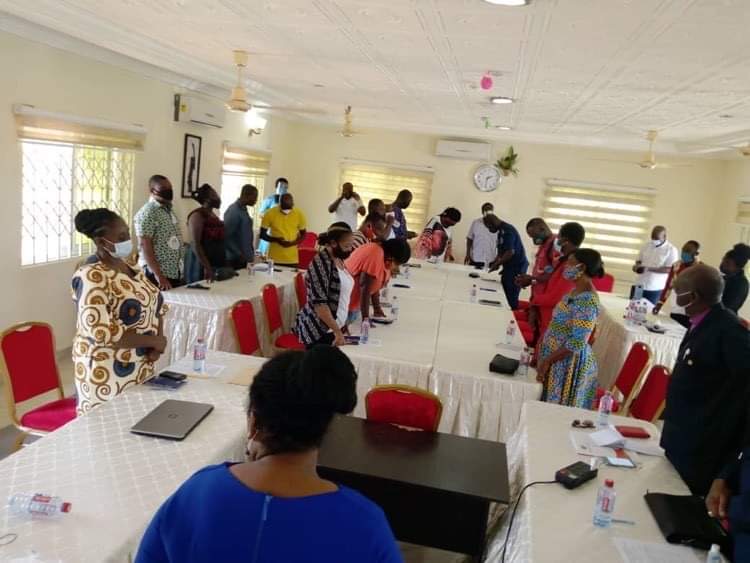
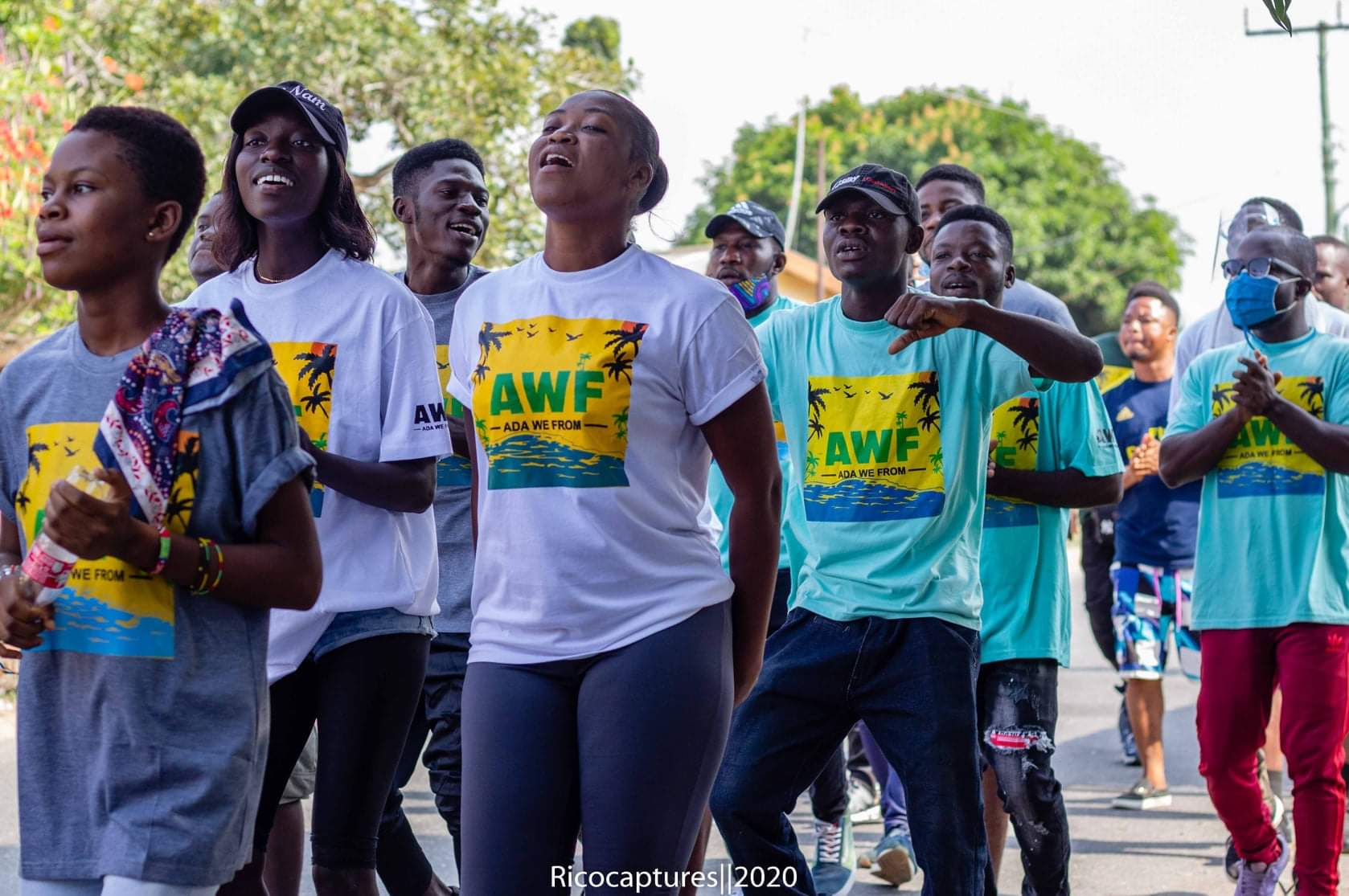
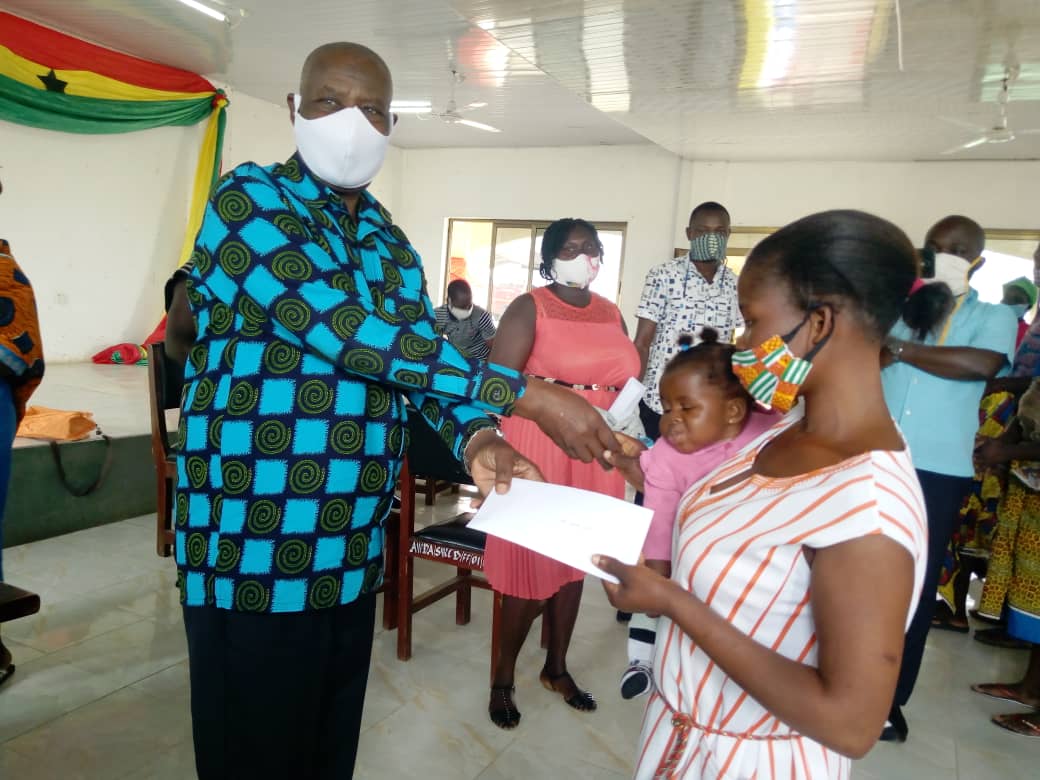
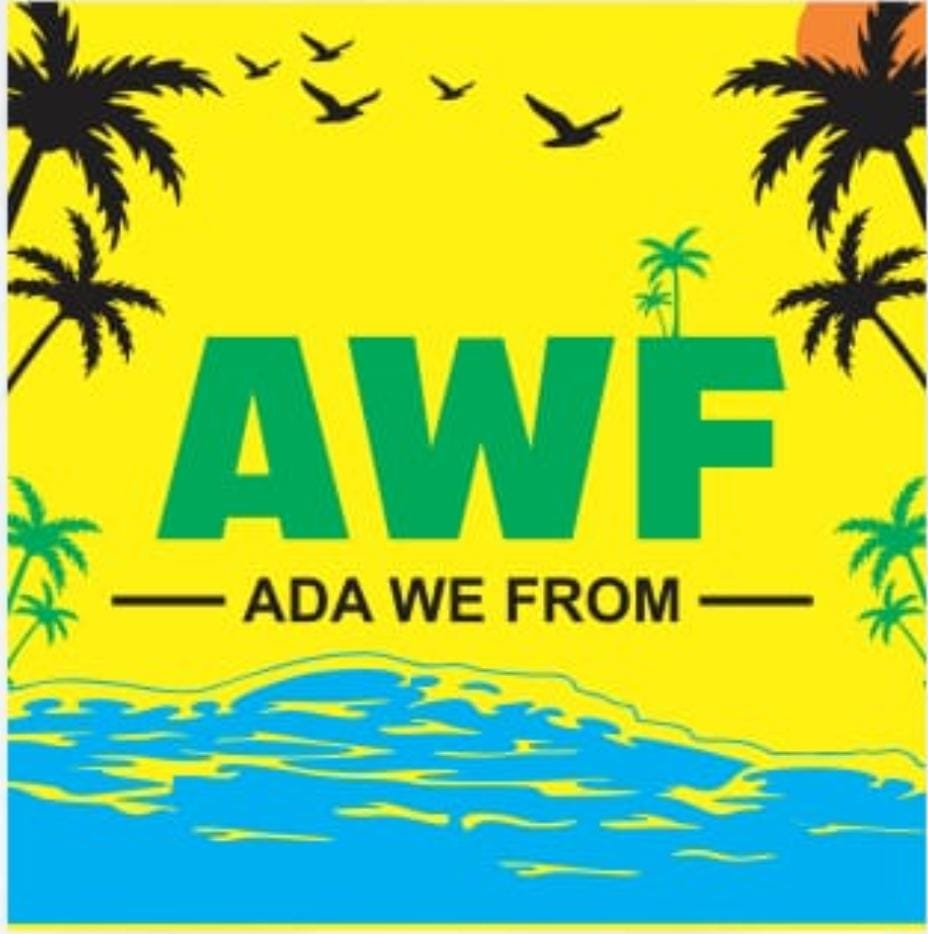
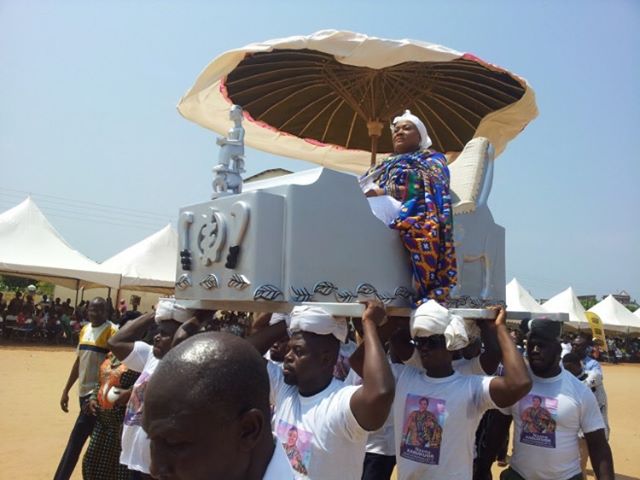
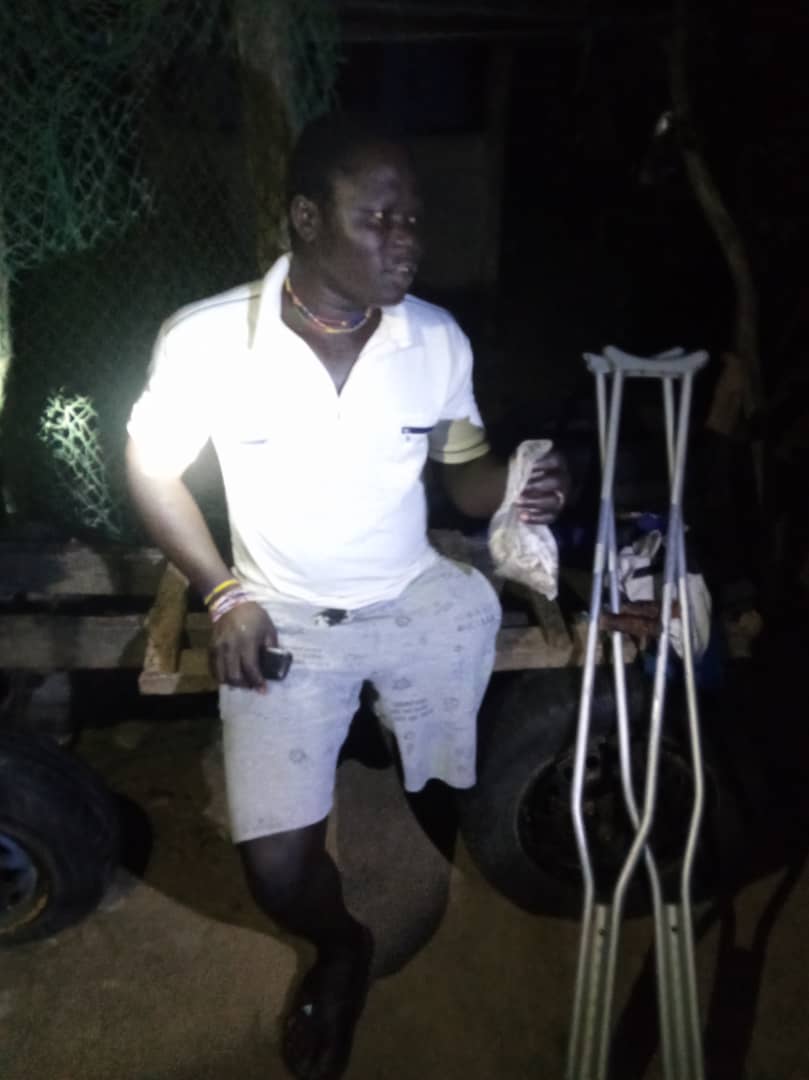




Woah! I’m really enjoying the template/theme of this site.
It’s simple, yet effective. A lot of times it’s challenging
to get that “perfect balance” between user friendliness and appearance.
I must say that you’ve done a fantastic job with this. In addition, the blog loads extremely fast for me on Firefox.
Excellent Blog!
WX
Bez Bik – bez zawiadcze – minimálními formalitami – zcela přes
Internet, zkontrolujte databáze a registry dunikw bez zawiadcze příjmů,
aniž by půjčování rychlý wyme obraz, aniž by opustil
domov zaimo až do 6 000 1-1 krysa kompletně online výslovné rozhodnutí,
aniž by przesyania.
заработок в интернете это миф
: https://vk.com/@-163526156-kak-zarabotat-v-internete-svoi-pervye-150000-rublei-za-mesya
заработок в интернете через вк
: https://vk.com/club163526156
заработок в интернете лайфхакер
: https://vk.com/club163526156
I’m curious to find out what blog system you have been working with?
I’m experiencing some minor security issues with my latest website and I’d like to find something more secure.
Do you have any suggestions?
At this moment I am ready to do my breakfast, when having my breakfast coming yet again to read more news.
Great goods from you, man. I’ve understand your stuff previous to and you are just extremely magnificent.
I really like what you have acquired here, really like what you are saying and the
way in which you say it. You make it enjoyable and you still take
care of to keep it sensible. I can’t wait to read much more from you.
This is actually a wonderful web site.
I am not positive where you’re getting your information, but good topic.
I needs to spend a while finding out more or understanding more.
Thanks for great info I used to be looking for this info for my mission.
Your style is unique compared to other folks I’ve read stuff from.
I appreciate you for posting when you’ve got the opportunity,
Guess I will just book mark this site.
Excellent pieces. Keep writing such kind of info on your page.
Im really impressed by your site.
Hey there, You have performed a fantastic job.
I’ll certainly digg it and individually recommend to my friends.
I am sure they’ll be benefited from this web site.
I’ve been exploring for a little for any high quality articles or blog posts in this sort of house .
Exploring in Yahoo I eventually stumbled upon this
website. Studying this information So i’m happy to convey that I have an incredibly
excellent uncanny feeling I found out exactly what
I needed. I such a lot certainly will make sure to do not forget this
site and provides it a glance on a constant basis.
Spot on with this write-up, I actually believe that this site
needs a lot more attention. I’ll probably be back again to read
more, thanks for the advice!
Useful information. Fortunate me I found your website accidentally, and
I am shocked why this accident didn’t came about earlier!
I bookmarked it.